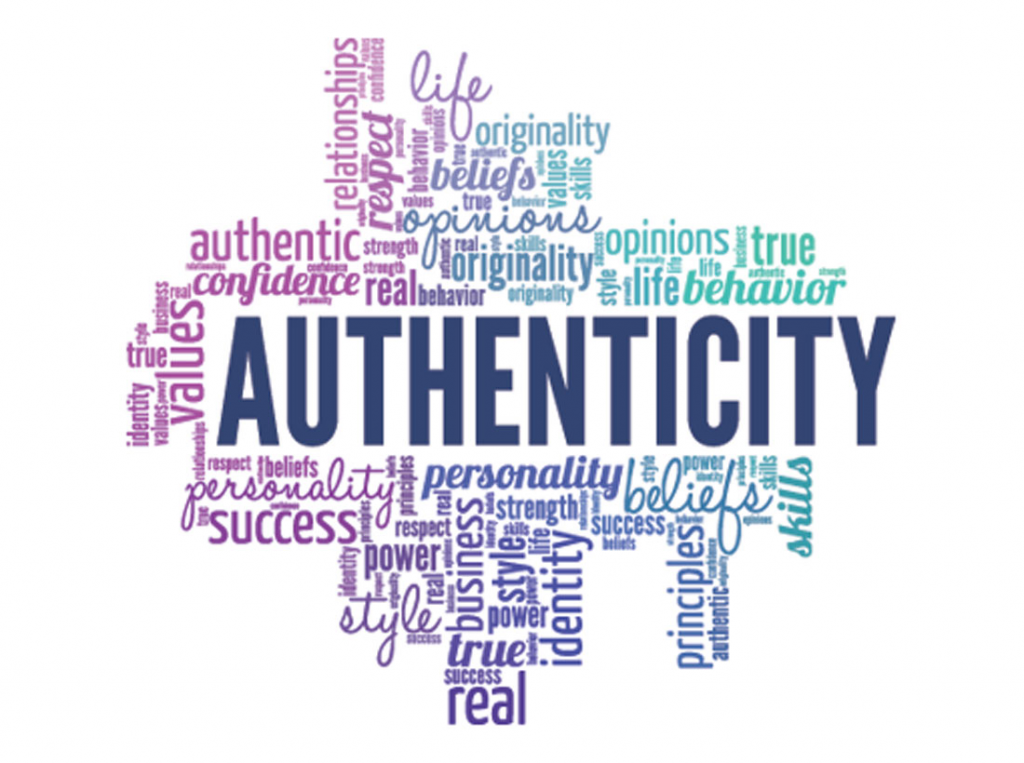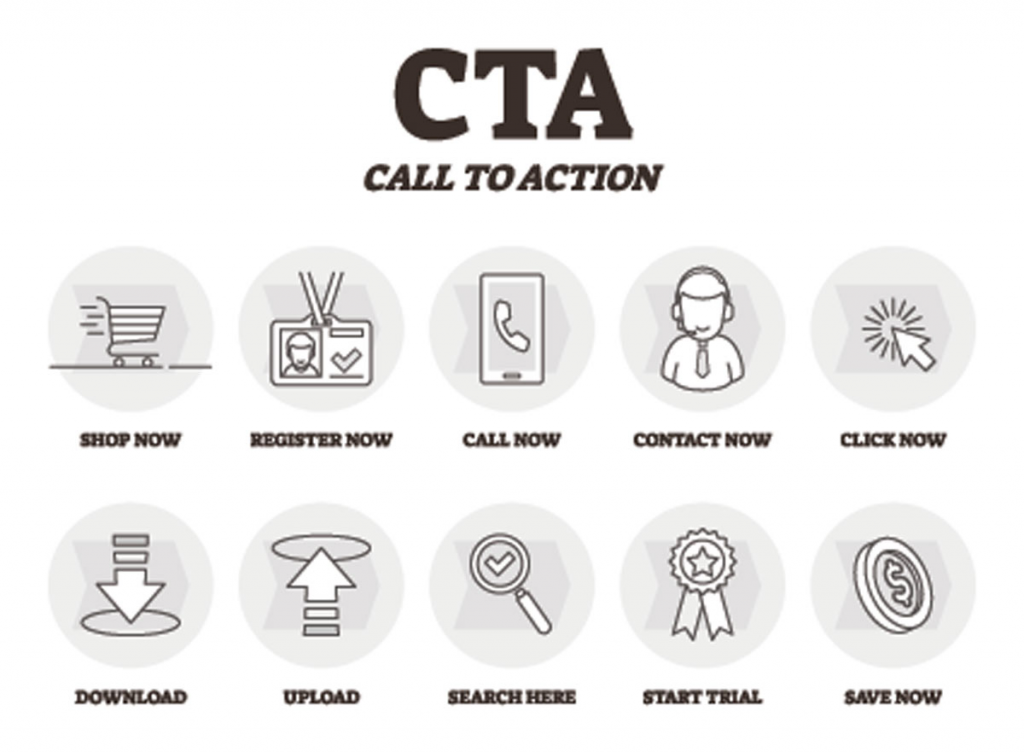Brand storytelling is a way to connect with people on an emotional level through marketing. Tell stories about your brand can give your audience a more exciting and remembered experience.
Brand stories can be told in many different ways. You can use blog posts, social media posts, videos, or customer reviews. The most important thing is to pick a style that is right for your audience and will make them feel something.
Here are some examples of effective brand storytelling:
- Nike: Nike’s brand story is all about empowering athletes to achieve their dreams. The company’s commercials often feature inspiring stories of athletes overcoming adversity and achieving success.
- Apple: Apple’s brand story is all about innovation and design. The company’s products are often seen as status symbols, and its marketing campaigns are known for their creativity and sophistication.
- Starbucks: Starbucks’ brand story is all about creating a third place, a welcoming space where people can come together to relax and connect with each other. The company’s stores are designed to be warm and inviting, and its employees are known for their friendly service.
Why is brand storytelling important?
It is important because it helps brands connect emotionally with their buyers. When customers feel an emotional connection to a brand, they are likelier to stick with it and tell their friends about it.
Some brands use customer endorsements, while others use case studies or made-up stories. Most important is that the reports are accurate and easy to understand. Customers can tell a fake a mile away, so you must be honest and transparent in what you say
Below, we look at the 7 Key Elements to Develop a Powerful Brand Storytelling Strategy:
- Consistency and authenticity.
- Getting to know your audience.
- Crafting attention-grabbing and impactful narratives.
- Communicating the problem you solve.
- building characters in the storyline of your brand.
- Connecting with both internal and external communities.
- Provoking action.
1. Consistency and authenticity
These are two essential elements of brand storytelling. When your stories are consistent, they create a solid and recognizable brand identity. When they are authentic, they connect with your audience on a deeper level.

Here are a few tips on how your brand is to be consistent and authentic:
Establish Your Brand’s Voice
Develop a consistent tone throughout your storytelling efforts. Establishing your brand’s voice is crucial for building a distinctive brand personality. Consistency is key across all marketing materials, including your stories, when communicating with customers. Align the tone and style of your brand with its design, reflecting its essence. For a fun and playful brand, adopt a light and exciting voice. In addition, for a more serious business, maintain a formal and professional tone.
It’s also essential to keep the same style for your brand. Even as you change and grow, your audience should know what to expect from you. This means your marketing materials, like your stories, should have the same tone and style.
When you find your brand’s voice, you build a better brand identity and connect more deeply with your audience. This can make people more aware of, attached to, and interested in the brand.
Authentic: Be honest about your values, your company’s unique features, and the challenges you face.
One of the most critical parts of business storytelling is being genuine. When your stories are true, they strike a deeper chord with your viewers.
Here are some tips for making brand stories that are real:
- Just be you. Try not to be someone you’re not. Your viewers will know if you are pretending.
- Tell real stories. Real people, situations, and events should be your stories’ basis.
- Be honest and open. Feel free to show what’s wrong with your brand.
When you tell real stories about your brand, you build a more assertive brand personality and connect more deeply with your audience. This can make people more aware of, attached to, and interested in the brand.
Consistency: Your audience should know what to expect from you while still looking forward to what’s next.
When your audience knows what to expect from you, they are more likely to trust and engage with your content. However, you also want to keep them guessing and looking forward to what’s next.
Here are a few tips for striking the right balance between consistency and surprise:
- Define your brand values and stick to them. Your brand values are the foundation of your brand story. They should be consistent across all your marketing materials, including your stories.
- Use a consistent tone and voice. Your tone and voice should be consistent across all your marketing materials, including your stories. This means using the same language and style, even when telling different stories.
- Tell stories that are relevant to your audience. Your stories should be relevant to your audience’s interests and needs. This will help them to connect with your brand on a deeper level
- Be creative and innovative. Feel free to experiment with new storytelling techniques and formats. This will help keep your audience engaged and looking forward to what’s next.
You create a compelling and engaging storytelling strategy when you balance consistency and surprise. This can lead to increased brand awareness, loyalty, and sales.
2. Getting to know your audience
Getting to know your audience is one of the most important things you can do for your business. When you understand your audience, you can tailor your marketing messages and content to their needs and interests. This will make your marketing more effective and help you to reach more people surely.

There are ways to get the right target market:
Identifying your target audience
It is one of the most essential steps in any marketing campaign. When you know who you’re trying to reach, you can tailor your messaging to their needs, wants, and desires. This will make your content more relevant and engaging, leading to better results.
There are a few different ways to identify your target audience. One way is to use demographic data. This includes age, gender, location, income, and education level. Demographic data can give you a general overview of your target audience. Still, it’s important to remember that it’s just a starting point.
Another way to identify your target audience is to use psychographic data. This includes information about their interests, values, and lifestyles. Psychographic data can help you understand your target audience deeper and create content they’re more likely to connect with.
Once you’ve identified your target audience, you can tailor your messaging accordingly. This means using language that they understand and that resonates with them. It also means talking about the things that are important to them.
When you tailor your messaging to your target audience, you’re more likely to get their attention and keep them engaged. This will lead to better results for your marketing campaign.
Empathy
Make sure your audience can see themselves in your brand story.
Empathy is the ability to understand and share the feelings of another person. When you use empathy in your brand storytelling, you create a connection with your audience that is based on shared experiences and emotions. This connection can be powerful and increase brand awareness, loyalty, and sales.
3. Crafting attention-grabbing and impactful narratives
It is a skill that can be learned and honed with practice.

Attention-grabbing: Establish a distinct voice and personality for selling your brand story. By never wavering, your content will be instantly recognizable.
Here are some tips on how to establish and stick to a distinct voice and personality for selling your brand story:
- Start by defining your brand’s values and mission. What are the things that are most important to your brand? What do you stand for? Once you know your brand’s values, you can develop a voice and personality that reflects them.
- Be consistent. Once you’ve developed a voice and personality, consistently use it across all your marketing materials. This means using the same tone, language, and style in your website, social media posts, and advertising.
- Be yourself. Don’t try to be something you’re not. Your audience will be able to tell if you’re fake. Be authentic and let your personality shine through in your content.
- Be creative. It can help you convey your brand’s personality and values through powerful visual language. Incorporating graphic design elements such as typography, color schemes, and illustrations can make your brand story more memorable and impactful.
Following these tips, you can establish a distinct voice and personality for selling your brand story. When your audience can recognize your brand’s voice and personality, they’ll be more likely to trust and engage with your content.
4. Communicating the problem you solve
When communicating the problem you solve, it’s essential to clarify that your brand is more than just a product or service. It’s a story, and that story is one that your audience can relate to.

Relatable: Avoid using industry-specific or technical jargon, and show you understand who your customers are and what challenges they face.
It is essential to avoid using industry-specific or technical jargon when communicating with your customers. Jargon can alienate your customers and make it difficult for them to understand what you are saying. It is also essential to show that you know who your customers are and what challenges they face. This can be done by using familiar language with your customers and discussing important things.
Here are a few tips for avoiding industry-specific or technical jargon:
- Use plain language. Avoid using complex or technical language that your customers may need help understanding.
- Use examples. When discussing a complex concept, use models to help your customers understand.
- Ask questions. Ask them questions if you need clarification on whether your customers understand something.
- Be patient. It may take time for your customers to understand what you are saying. Be patient and be willing to repeat yourself if necessary.
5. Building characters in the storyline of your brand
When building characters in your brand’s storyline, it is essential to make them relatable and believable. They should have flaws and make mistakes, just like real people. Readers should be able to connect with your characters on an emotional level.
Aligned with business goals
In addition to marketing and sales, your brand story should be integrated into all internal and external communications.

To ensure effectiveness, it is essential to align your brand story with your business goals. This entails reflecting on your company’s values and mission, and creating a narrative that resonates with both employees and customers.
When your brand story is aligned with your business goals, it can help you to:
- Create a strong brand identity. Give your company a unique personality and voice. Use tools like RenderForest to design a brand identity that fits your business. RenderForest is a one-stop shop to aid in developing a comprehensive brand storytelling strategy. It offers website maker, youtube intro maker, logo creator, and mockup creator tools with no coding needed. This makes it easy for any business, big or small, to create a compelling visual presence online. These visuals help to get your story across quickly and effectively — giving you the attention you desire. The website maker will help to create a professional-looking site that is unique and tailored to your needs, while the youtube intro maker enables users to customize their own video intros for a lasting impression. Finally, RenderForest’s mockup creator offers pre-made templates so you can design without starting from scratch.
- Attract and retain customers. Your brand story can help you to attract and retain customers by giving them a reason to connect with your company on a deeper level.
- Inspire employees. Your brand story can inspire employees by giving them a sense of purpose and belonging.
- Drive sales. Markedly, your brand story can drive sales by creating a positive emotional connection between your company and customers.
By aligning your brand story with your business goals, you can create a powerful tool to help you achieve your business objectives.
6. Connecting with both internal and external communities
Connecting with internal and external communities in brand storytelling is important because it helps create a sense of shared identity and purpose. Employees and customers are more likely to be engaged and motivated when they feel part of the same story.

Discover the myriad ways to connect with internal and external communities through brand storytelling. One effective approach is to showcase the company’s values and mission. Achieve this by leveraging employee testimonials, customer stories, and company history. Uncover the power of storytelling to communicate your purpose and significance to both employees and customers.
Another way to connect with both internal and external communities in brand strategy is to use storytelling to highlight the challenges and successes of the company.
Demonstrate to your employees and customers that they are not alone in their challenges and that they have the ability to conquer them. By sharing stories through blogs, social media, or videos.
Finally, businesses can connect with both internal and external communities in brand strategy by using storytelling to create a sense of hope and optimism. This can be done through stories about the company’s plans, commitment to social responsibility, or belief in making a difference in the world. By sharing these stories, businesses can show their employees and customers that they are working towards something bigger than themselves.
Through brand storytelling, companies can create a more positive and productive work environment for all employees. That all improve a company’s productivity, morale, creativity, relationships, trust, loyalty, and also reputation.
7. Provoke action
Find a place in your story—as Compare the Market did with Aleksandr—to place your call to action and push the audience into becoming customers.

Compare the Market did a great job of provoking action with their Aleksandr ads. They created a relatable and likable character who always got into funny situations. This made the ads more engaging and memorable and helped build trust with the audience.
At the end of each ad, Compare the Market would always include a call to action, such as “Compare today and save.” This call to action was clear, concise, and easy for the audience to follow. As a result, Compare the Market was able to generate a lot of new customers through their ads.
Here are some tips for provoking action in your brand strategy:
- Create a relatable and likable character. People are more likely to be persuaded by someone they can relate to and like.
- Make your story engaging and memorable. People are more likely to take action if they are entertained and interested in your story.
- Use Visual Design to Enhance Your Story. It can help your brand stand out in a crowded market. It’s essential to use it to complement and enhance your brand story, making it more compelling and memorable for your audience.















